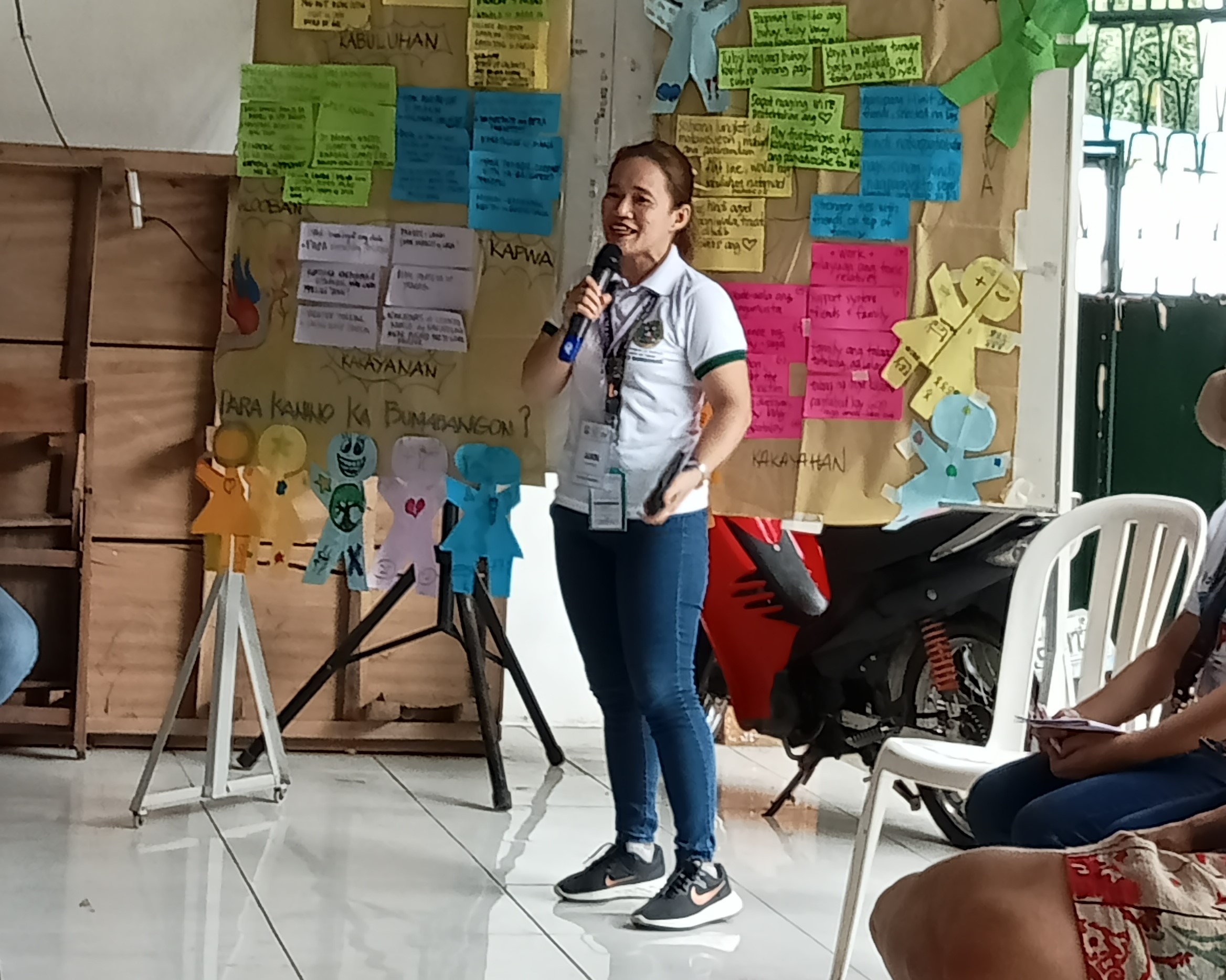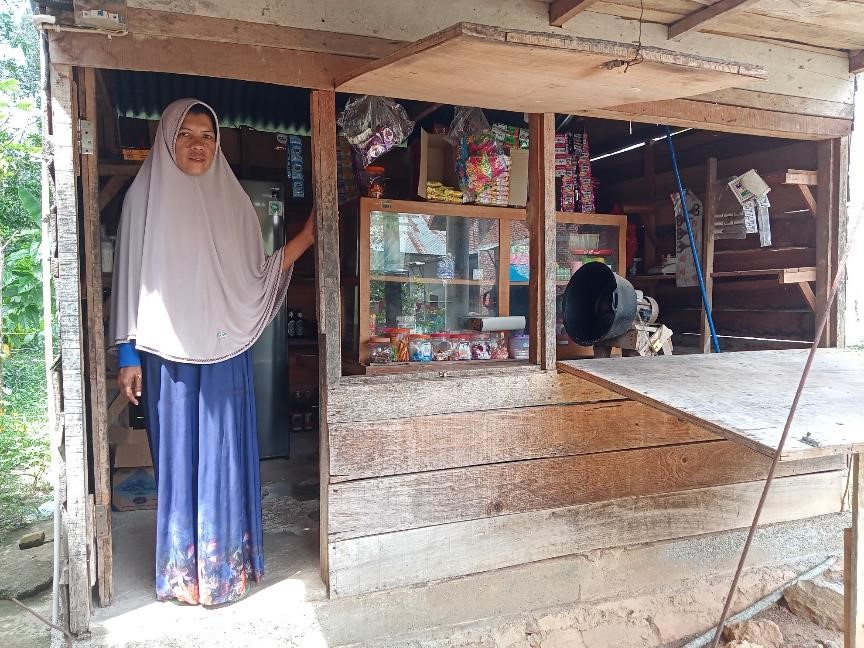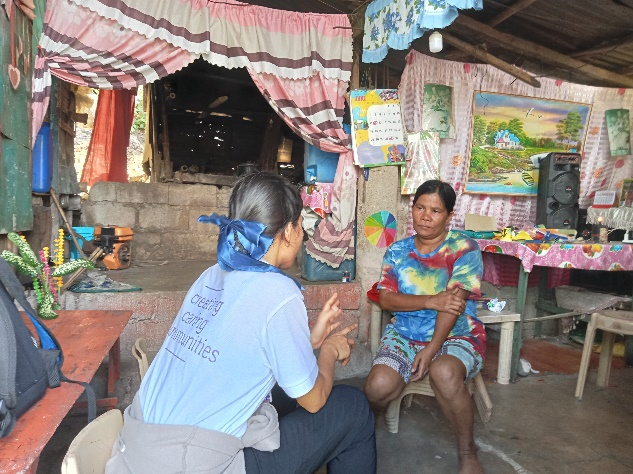International Day of Older Persons
Stories | October 1, 2019
Today we celebrate International Day of Older Persons (IDOP) and this year’s theme is The Journey to Age Equality.
The first objective of the 2019 IDOP is “to help draw attention to the existence of old age inequality, and how this often results from a cumulation of disadvantages throughout life – and highlight intergenerational risk of increased old age inequality”.
One of the cumulative affects is disability. More than 45% of older persons have a disability. This percentage is looking to increase as the elderly population increases due to people with disabilities living longer and people developing disabilities later in life.
Around the world, persons with disabilities face a number of obstacles including societal, environmental and institutional barriers preventing their full and equal participation in all aspects of life. Often, older persons with disabilities are among the most adversely effected, and can face even more barriers to inclusion.
Addressing age inequalities is imperative if the UN’s 2030 Agenda and Sustainable Development Goals (SDGs), most notably SDG-10 (Reduce inequalities within and among countries), are to be achieved. The UN states that “empowering older persons in all dimensions of development, including promoting their active participation in social, economic and political life, is one way to ensure their inclusiveness and reduce inequalities”.
As our global population ages, it’s more important than ever to empower, support and learn from our older people.
Older persons make positive change.
Setareki S. Macanawai (Seta) is the Chief Executive Officer for the Pacific Disability Forum and has been working with CBM Australia to advance community based inclusive development practices for people with disabilities in the Pacific. He was one of the pioneers of the disability movement in the Pacific and now travels the world, attending and contributing to conferences and meetings to advance the disability movement across the Pacific, and was recognised by the UN in 2012 with the Asia-Pacific Disability Rights Championship Award. He has been blind since he was a teenager.

Seta has been a positive change maker, both nationally and internationally, for several decades, however he is unsure what the future holds for him within his indigenous village in Fiji due to his disability.
Seta’s father was the chief of his village until he suffered with a stroke several years ago. When he returned from his treatment, he was no longer the chief “the recognition was no longer there”, says Seta, “this shows the lack of understanding in the Indigenous setting about disability”.
“This is something that I probably need to prepare for, if it comes my way. Will my village accept a chief who is blind?”
Seta is working to raise awareness by educating the world that intersectionality exists between indigenous people and people with disabilities, and that there are important lessons to learn from them.
“It’s not just about the disability work, but also finding entry points in everything else. Asking the question, where is disability in this?”
Seta has been working hard to improve the rights of, and educate people around the world about, people with disabilities and indigenous people. As an older person, he has made important positive change for both indigenous and disability communities and we hope that this will continue for many years to come.
We need to ensure that the journey to age equality is not barred by age or intersectional discrimination, and that we leave no one behind.
CBM and our international partners are leading the way by establishing Ageing and Disability Focal Points in areas affected by disasters. These ensure that people with disabilities and older people receive the services they need.
They do so by:
- Identifying the services being provided by mainstream agencies in the area. This includes services for food, water and sanitation, health and shelter as well as disability services such as rehabilitation and assistive devices like wheelchairs.
- Identifying people with disabilities and older persons, and their needs.
- Acting as a specialised ‘middle man’, linking the individuals with services relevant to their particular needs.
This means that people with disabilities can access the services they would otherwise likely be excluded from, and also makes mainstream services more aware of the need to address disability.
https://www.cbm.org.au/stories/international-day-of-the-older-person
Related Stories

A Light of Hope
Content Warning: The story in this letter refers to suicide, which may be distressing for some readers. If you or someone you know is in need of support, please...

Small Business, Big Impact: supporting mental health in Indonesia
Work is a big part of our lives. Not...

A Resilient Woman
Margie, a mother of seven, is a daycare worker in a small coastal village in the Philippines. A few years ago, Margie was diagnosed with a mental health condition after...
